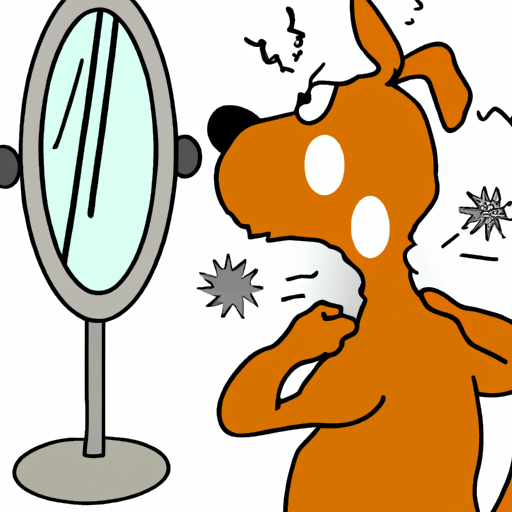Understanding Your Furry Friend’s Hair Loss
As an attentive caregiver, you’ve probably noticed that your precious pooch sometimes loses hair, leaving behind bald patches. This is not a rare occurrence, and it’s not always a cause for alarm. However, understanding why this happens can help you provide the best care for your four-legged friend.
Hair loss in dogs can be due to several reasons, many of which we’ll discuss here. From medical conditions to grooming habits, each cause has its unique signs and solutions.
1. Medical Conditions That Cause Bald Spots
Several medical conditions can lead to hair loss in dogs. Keep a keen eye out for these:
Allergies
Just like humans, dogs can be allergic to a variety of things, from certain foods to environmental factors like pollen or dust mites. These allergies can cause skin irritations that may lead to hair loss.
Parasites
Fleas, mites, and ticks can cause severe itching and subsequent hair loss.
Hormonal Imbalances
Endocrine diseases like hypothyroidism or Cushing’s disease can cause hair loss in dogs.
| Medical Condition | Symptoms | Possible Treatment |
|---|---|---|
| Allergies | Itching, redness, swelling | Antihistamines, dietary changes |
| Parasites | Itching, visible parasites | Topical treatments, oral medications |
| Hormonal Imbalances | Hair loss, lethargy, weight changes | Hormone therapy |
2. Behavioral Causes of Bald Spots
Sometimes, your dog’s behavior can be the cause of bald spots. Here’s what you might observe:
- Over-grooming: Dogs often groom themselves by licking, but excessive licking can cause hair loss.
- Stress or anxiety: If your dog is stressed or anxious, they might engage in compulsive behaviors such as chewing or licking their fur, leading to bald patches.
3. The Role of Diet and Nutrition
Your dog’s diet plays a crucial role in their overall health, including their skin and coat. Lack of essential nutrients can result in hair loss. You might want to consider:
- Increasing protein intake: Protein is essential for hair growth.
- Ensuring a balanced diet: Vitamins and minerals contribute to healthy skin and hair.
- Hydrating adequately: Dehydration can lead to dry skin and hair loss.
4. The Impact of Aging and Breed
As dogs age, they naturally lose some hair, and certain breeds are more prone to hair loss than others. Consult with your vet to understand if your dog’s breed is susceptible to hair loss.
Frequently Asked Questions
Q: Should I be worried if my dog has a bald spot?
A: Not necessarily. Hair loss can be a normal part of aging or could be due to harmless behaviors. However, if you notice other symptoms or if the hair loss is severe, consult your vet.
Q: Can I prevent my dog from getting bald spots?
A: It depends on the cause. Regular grooming, a balanced diet, and ensuring your dog has a stress-free environment can prevent some types of hair loss.
Q: How can I treat my dog’s bald spots?
A: Treatment depends on the cause. It could range from dietary changes and anxiety management to medications for allergies or hormonal imbalances.
Remember, you’re not alone in your quest for answers. As a caregiver, it’s normal to have concerns. But with the right knowledge, you can help your furry friend stay healthy and happy.



